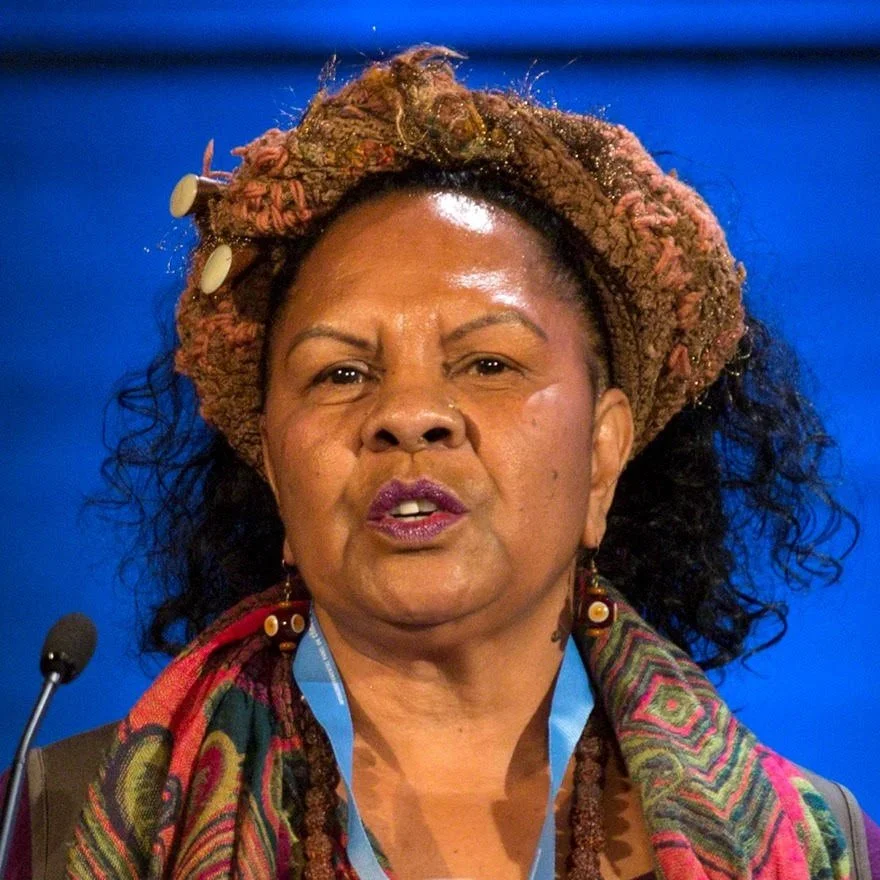The Martuwarra Fitzroy River is Western Australia’s largest River and largest listed Aboriginal cultural heritage site. It has been cared for by First Law and Indigenous land management practices for millennia. Over the last 150 years, it has experienced multi-scalar damage from agriculture, mining and invasive species. Interventive measures are now required to improve the health of the River and the communities that live along it’s banks.
Recognising Personhood
The twenty-first century has already been characterised by substantive shifts in theory and law on legal personhood. There have been profound legal commitments to the full personhood of disabled people, dramatic new applications of personhood to natural entities such as rivers, and ongoing debates on the legal personhood of animals, artificial intelligence, and corporations and their public interest responsibilities. These shifts present an opportunity to re-examine our understanding of legal personhood. We may be able to move away from the white, European, able-bodied, cis-gender male approach to legal personhood that has dominated much of the world
Murray Darling Authority Appointment
How Indigenous knowledge can help Australia build resilience to climate change
Photo courtesy of Inkline
‘In Western Australia’s remote northern region of The Kimberley, Indigenous seasonal and ecological knowledge is playing a crucial role in building resilience to climate change.’
“In May, the barramundi used to swim upstream but now, there are none to be seen. Octopi that once turned green to announce the coming spring now remain blue. The low humdrum buzz of the dragonfly indicates the salmon will be biting. Yet every year, the dragonflies are appearing later in the seasons.”
“For Anne Dwyer, a Karrajarri woman and traditional land owner, these occurrences are sure signs of climate change. Dwyer, who works with western scientists to combine Indigenous knowledge and customary practices, uses this combination as complimentary science to mitigate climate issues in remote areas of The Kimberly in Western Australia.”
“In the neighbouring Indigenous nation, Dr. Anne Poelina, a woman of Martuwarra and a traditional land owner, also tirelessly advocates for the Martuwarra River Country. Together, they are ‘Caring for Country,’ a phrase used for the traditional management of land and sea by Indigenous Australians.”
Protecting The Fitzroy River Catchment
"...We welcome the Western Australian Government’s commitment to create a new protected area in the Fitzroy River Catchment, and to create a management plan to ensure the protection of the National Heritage and other significant cultural and environmental values of the river and provide a basis for sustainable development.
The Fitzroy River is one of the largest principally unregulated rivers remaining in Australia and is recognised as a centre of cultural life and biodiversity in the Kimberley.1 The river follows a path from the roof of the central Kimberley Plateau, flowing through spectacular and ancient gorges in the King Leopold and Napier Ranges, and coursing between wide floodplains before meeting the ocean at King Sound. The river and catchment support a rich and unique biodiversity of aquatic and terrestrial life with national heritage listed natural and cultural values."
Download the Science Statement of Support - [ PDF 440KB ]
Download the Australian's 'Finally, scientific-based evidence for Northern Australia food bowl' article - [ PDF 148 KB ]
Download the Kimberley Traditional Owners establish Martuwarra Fitzroy River Council [ PDF 508 KBs ]
Download the Martuwarra Fitzroy River Council Statement from Combined Meeting of Traditional Owner Groups for the Fitzroy River Catchment Meeting Held May 15-16 2018 Fitzroy Crossing [ PDF 406 KBS ]
Download the Fitzroy River Declaration [ PDF 557 KBS ]
Kimberley Calling
"....the ethical core of the case for protection will need to be re-articulated in terms unprecedentedly forceful."
In case you missed this from a while back have a listen in to some of the stories, poetry and podcasts from that great site - http://kimberleycalling.net/Listen-Essays-index.php








